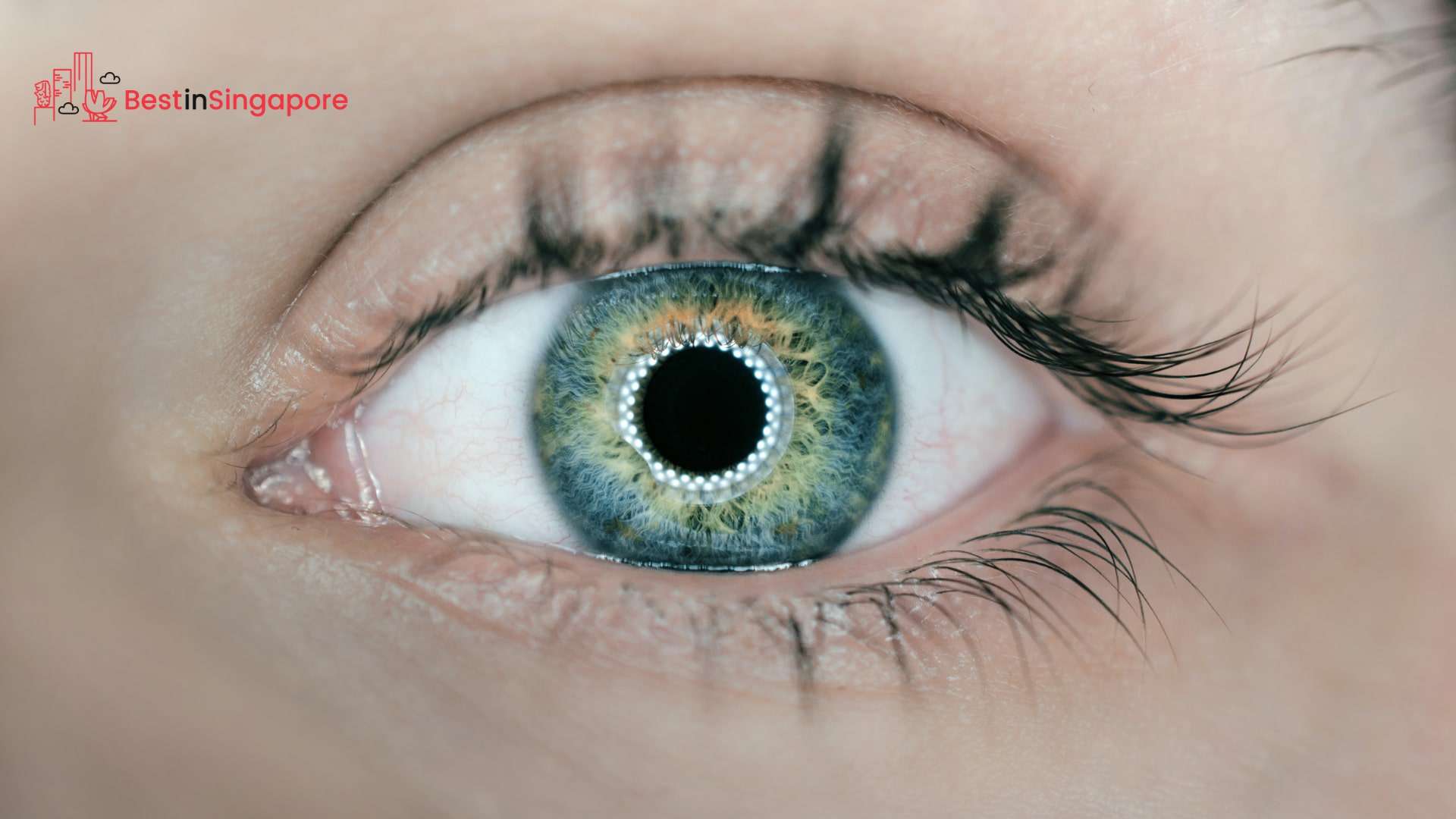The Road to 20/20 Vision: LASIK vs. ReLEx SMILE in Singapore
Unfortunately, not everyone is gifted with a perfect vision. I personally used to suffer from myopia (near-sightedness) and astigmatism, so I know the pain of living with impaired vision too well.
Luckily for us, there are now surgeries that can treat any vision-related issues.
Two of the most popular are LASIK and ReLEx SMILE. But what’s the difference between the two? And how do I know which one is the better fit for you?
This article aims to answer all the questions you have, and once you’re done, you’ll have hopefully made the decision that best suits your needs.
LASIK
What is LASIK, and what does it do?

LASIK stands for laser-assisted in situ keratomileusis, and it’s a kind of refractive surgery that corrects vision problems caused by refractive errors.
These refractive errors can be myopia (near-sightedness), hyperopia (far-sightedness), and astigmatism. Sometimes, it can be a combination of two issues (usually, myopia and astigmatism).
The way our vision works is that light rays go through our cornea and lens, then these two refract the light so that it will land on the retina. The retina then transforms the light into signals, and the brain will interpret these signals into images.
Having refractive issues means that the shape of your cornea or lens prevents the light rays from bending properly. As a result, the light doesn’t land well on the retina, hence why you have blurry vision.
With that said, it’s LASIK’s goal to correct your refractive error so that you won’t need to wear eyeglasses or contact lenses to see things properly.
How does LASIK work?
— From: drcordeliachan
Simply put, the way LASIK works is that it reshapes the cornea by creating a thin flap and repositioning it. The reshaping is done using an excimer laser.
Once it’s your turn, you’ll be given numbing drops for your eyes, and then the doctor will use a tool to keep your eyelids open. After that, a suction ring will be placed on your eye, which will cause your vision to dim a little.
Then, the doctor will ask you to focus your eye on a point of light. Doing this will keep your eye fixed as the doctor cuts a small hinged flap from the front of your eye, then use a programmed laser to reshape parts of your cornea.
Once the doctor has removed the right amount of corneal tissues, they will then put the flap that was cut earlier back in place. This flap heals easily, so it won’t need stitches.
History and Development of LASIK
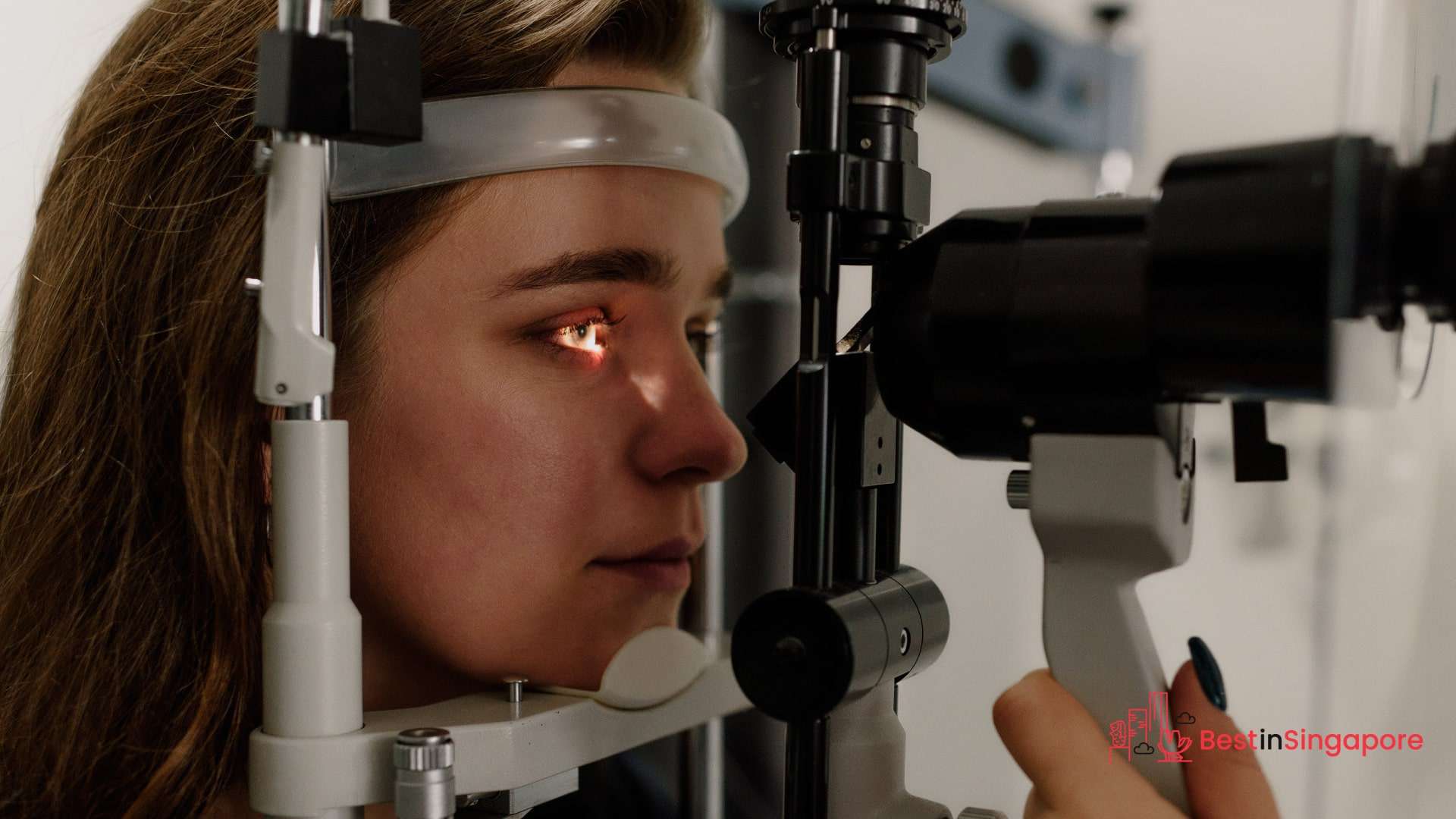
The idea of reshaping the cornea to improve vision isn’t a new thing.
In fact, the person who developed the microkeratome and keratomileusis technique is a Spanish ophthalmologist named Jose Barraquer. He developed this back in the 1950s.
It was only in the 1980s that laser refractive surgery came to be.
Ever since the surgery was first practiced, it started rising in popularity. By 2007, there were about 1.5 million LASIK surgeries.
In recent years, other laser eye surgeries have been developed, so the number of people choosing LASIK seems to be fluctuating. Chicago Tribune reported that the percentage of LASIK surgeries dropped by 50% between 2007 and 2015.
But despite the dip in popularity years ago, it looks like LASIK is back on track in terms of popularity. Roughly 30 million people all over the world undergo this treatment every year, and it’s projected that the market will increase by over 6.5% beyond 2022.
Who is a good candidate for LASIK?
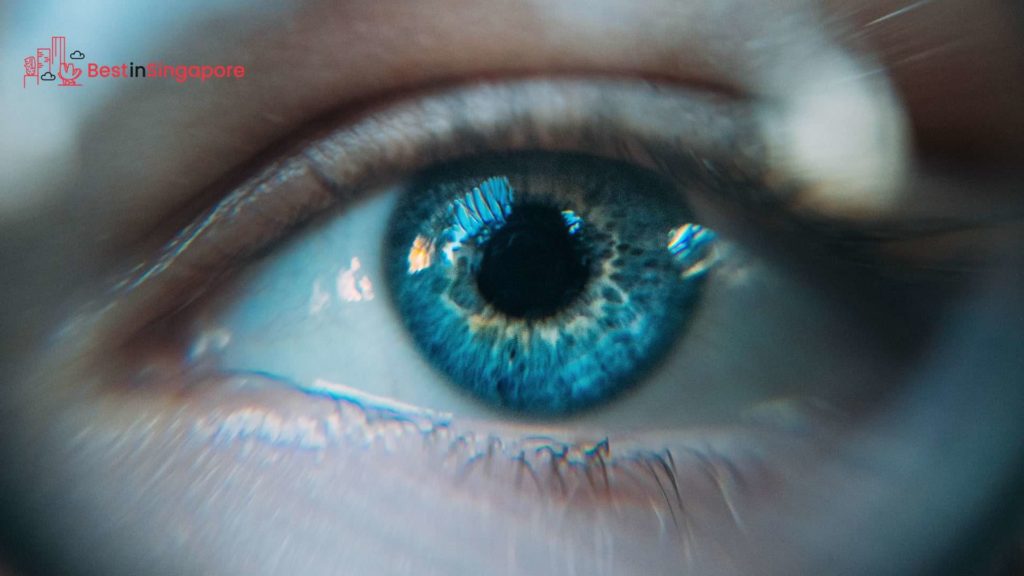
Even though LASIK is oftentimes heralded as the one and only treatment for vision problems, not everyone is actually suitable for this. A good candidate for LASIK must meet the following requirements:
- You must be over 21 years old. This is because one’s vision usually stops changing by this age, which is the ideal situation for LASIK. However, many eye clinics have started to accept patients aged between 18 and 21.
- If you’re between 18 and 21, your eye prescription shouldn’t have changed a lot in the past year.
- Your refractive error is one that LASIK can treat. In other words, you have myopia, hyperopia, and/or astigmatism.
- Your overall eye health must be generally good. What this means is that your corneas are thick enough and healthy, and there’s no damage to the other parts of your eyes, especially the retina.
How do I know if I’m a good candidate for LASIK?
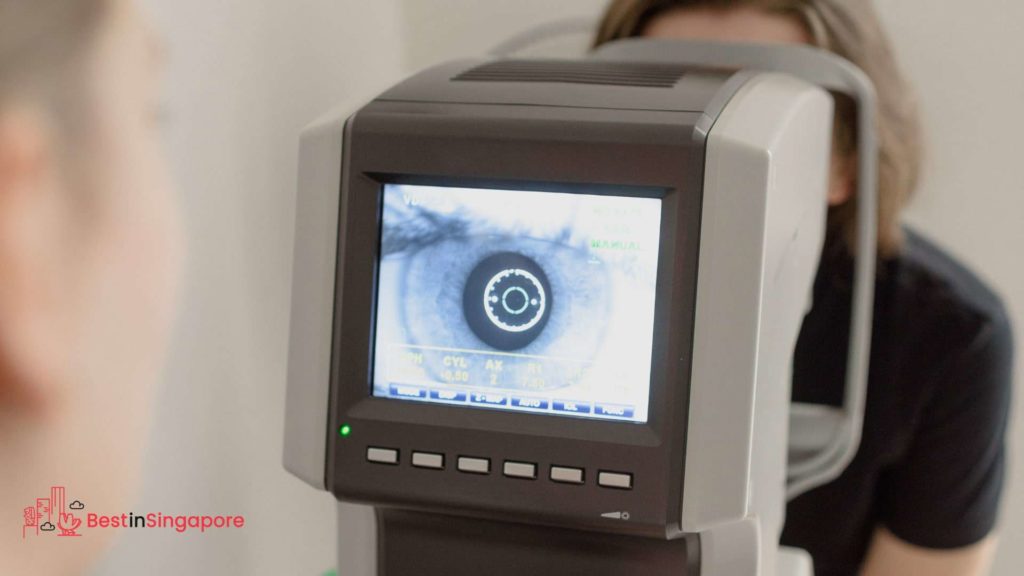
To know whether you’re a good candidate for LASIK or not, you’ll have to undergo a comprehensive eye examination. This examination usually lasts for a few hours, usually three, and it evaluates the following:
- Vision. Specifically, the ophthalmologist will check that your vision hasn’t changed and how high your refractive error is.
- Other eye problems you might have. Aside from refractive errors, you might have other eye problems, such as severe dry eye. The doctor needs to know these beforehand because these problems can affect the surgery.
- Your cornea. The doctor will evaluate the thickness of your cornea as well as measure and map its surface. The measurements have to be precise because they’ll be used to program the laser during surgery.
- Your pupil size. The sizes of your pupils need to be checked because they might affect your vision after surgery. For example, if you have large pupils, you might see halos at night after you’ve had LASIK.
Do take note that if you’re wearing contact lenses, you need to stop wearing them for at least three days (for soft contact lenses) or 14 days (for hard contact lenses) before your scheduled examination. This is because lenses change the shape of the cornea.
What makes a candidate unsuitable for LASIK?
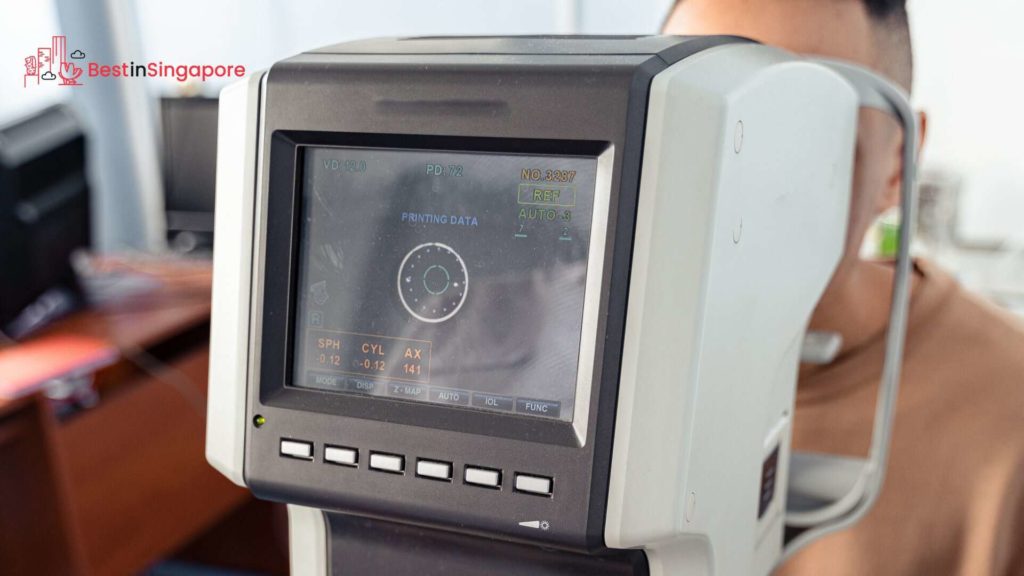
Once the exam is done, someone from the LASIK clinic will tell you the results. If you meet the criteria, you can undergo LASIK, but if you’re considered unsuitable for LASIK, it’s probably because of the following reasons:
- Your refractive error is unstable or still changing.
- You have high levels of myopia, hyperopia, or astigmatism.
- You have severe dry eye.
- Your corneas are too thin, or there are scars or diseases on your corneas.
- You have cone-shaped corneas (keratoconus).
- You have advanced glaucoma or cataracts affecting vision.
- You have diabetes that isn’t managed well.
- You’re a woman who’s pregnant or breastfeeding.
What are the advantages of LASIK?
LASIK comes with several advantages, which is why it’s such a popular choice for people with vision issues. These advantages are as follows:
Quick and Safe

The LASIK procedure doesn’t take a long time to complete. The most common estimate is around 30 minutes, but in my experience, it was about 15 only.
Frankly, I spent more time waiting for my turn than the actual surgery.
In addition to being quick, LASIK is also safe. I know many people get extremely nervous before their turn, and usually, a nurse will give them something to help them relax a bit.
But sometimes, people get so antsy that instead of focusing on the point of light, they suddenly move their eyes in the middle of surgery. This sounds terrifying, but luckily, the laser is designed to automatically shut off when the patient makes sudden movements.
You’ll also feel no pain at all. Instead, you might smell an odor that’s kind of like what you get from burning hair.
Quick Results
— From: jerrytaneyesurgery
While we’re on the topic of quickness, LASIK also produces quick results. You’ll literally notice an improved vision the moment the flap is repositioned and the procedure ends.
This is not something that you get from other eye surgeries.
For example, photorefractive keratectomy (PRK) takes a long time for the results to show. Usually, patients wait about a month before their vision improves.
Improved Vision
— From: streetstylestan
Of course, improved vision is the main pro of LASIK.
According to a meta-analysis in 2017, 99% of patients achieve better than 20/40 vision, and more than 90% achieve 20/20 or even better. I know some people who achieved 20/12 after LASIK!
Because of this, people who underwent LASIK can live their lives without having to wear prescription glasses or contacts ever again. This is such a major win because wearing glasses and contacts can be annoying and inconvenient a lot of the time.
That said, there are some patients who won’t achieve 20/20 vision. They’re the ones who had higher prescriptions before surgery.
But even if that’s the case, their vision is still a lot better than before, and at least, they don’t have to rely on glasses anymore.
What are the disadvantages of LASIK?
Even though LASIK has a lot of advantages, it also comes with several disadvantages that you need to take note of. The disadvantages of LASIK are the following:
Dry Eyes
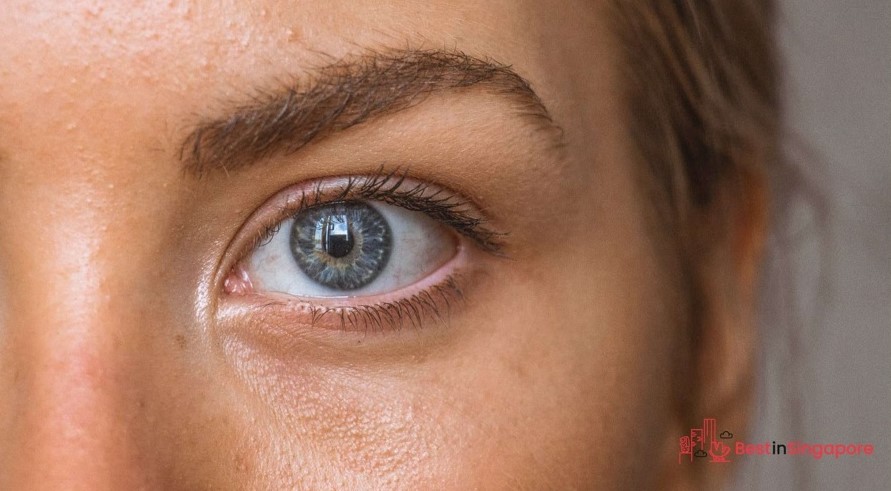
Getting dry eyes is the most common disadvantage of LASIK. Initially, it’s expected that patients will experience dry eyes immediately after surgery, and it will continue for up to a month.
However, even though symptoms eventually fade after a few months, some patients still experience chronic dry eyes every now and then.
Fortunately, it’s easy to relieve dry eyes because there are drops available in pharmacies. You can choose to undergo a procedure where you’d get special plugs in your tear ducts so that your tears won’t immediately drain from your eye surface.
In other words, there are different ways to treat dry eyes, but some people might find this side effect a deal breaker when it comes to getting LASIK.
Flap Complications

I know I mentioned earlier that flaps heal easily, and that is still true, but it should also be noted that complications regarding the flaps are possible. This is because the flap is really delicate and thin, so it’s easy for it to be displaced.
Displacement is the most common flap complication, but luckily, it’s easy to detect, and your doctor will immediately fix it. However, there are other worse complications, such as the flaps wrinkling or breaking or debris being stuck under the flap.
To ease your mind, you should know that these complications are extremely rare, and if you go to a highly esteemed eye clinic, you won’t have to worry about these issues.
Other Possible Side Effects

Aside from dry eyes and flap complications, you might experience other possible side effects. Some of these side effects might last a couple of days to a couple of weeks, and others might require you to get additional procedures to fix them.
- Glares and double vision. Immediately after surgery, you’ll have increased light sensitivity, which means you might see glares, halos, and double vision. Fortunately, they will eventually fade away in a few days.
- Undercorrections. Undercorrection is what happens when the laser removes only a little bit of tissue from your eye, so you don’t get the clear vision you’re hoping for. If this happened to you, you’ll need another LASIK surgery.
- Overcorrections. Overcorrection is the opposite of undercorrection. This time, the laser removes too much tissue from your eye. This is harder to fix than an undercorrection, but if it happens to you, be sure to contact your eye surgeon.
- Regression. This is extremely rare and usually only happens to patients with high levels of refractive error before surgery, but it’s worth noting that it’s possible for your vision to regress after LASIK.
How much does it cost to get LASIK in Singapore?

It’s tricky to determine how much LASIK costs in Singapore because there are many factors involved.
Are you planning to undergo the procedure in a public or private institution? And does your health insurance cover the payment for this procedure?
To give you an idea of the potential ballpark of LASIK costs in Singapore, take a look at this table with various clinics and their price range:
As you can see from the table, LASIK isn’t cheap, and unfortunately, you might have to pay the bill yourself because most insurance plans don’t cover this. The reason for this is that LASIK is considered an elective, cosmetic surgery, not a medical one.
However, there are some insurance companies that give you discounts on your LASIK surgery as a policyholder perk. So, if you’re planning to undergo this procedure in the future, consider this when you’re shopping for health insurance.
ReLEx SMILE
What is ReLEx SMILE, and how is it different from LASIK?

ReLEx SMILE stands for Refractive Lenticule Extraction—Small Incision Lenticule Extraction, and it’s another kind of laser-based refractive eye surgery that corrects myopia and astigmatism.
Many people confuse ReLEx SMILE with LASIK because both operations use lasers to correct vision problems. Aside from that, they’re both painless procedures, and the recovery time is the same.
But despite the many similarities, these two have their own differences. The differences between ReLEx SMILE and LASIK are as follows:
- The number of lasers used. ReLEx SMILE uses only one laser—the Zeiss femtosecond laser—while LASIK uses two—one to create the flap and another to reshape the cornea.
- ReLEx SMILE is less invasive. In LASIK, a flap with a diameter of 20 mm is created on the cornea. Meanwhile, SMILE only creates an incision of about 4 mm, so it doesn’t disturb as much of the cornea’s surface as LASIK.
How does ReLEx SMILE work?
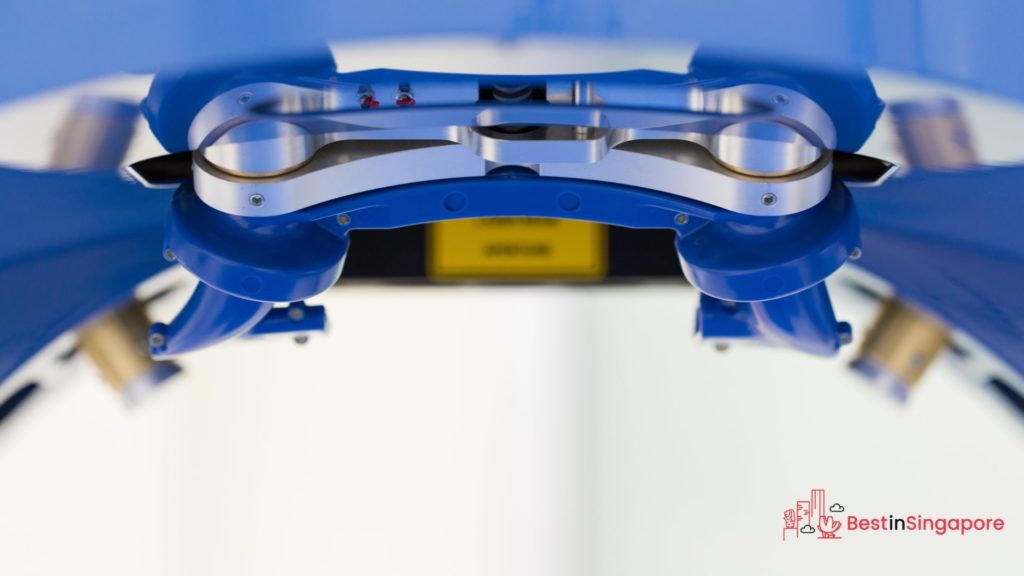
The ReLEx SMILE procedure only comes with three steps, which are as follows:
- Firstly, the laser will create a thin lenticule and small incision inside the intact cornea.
- Then, the lenticule is removed through the small incision created earlier.
- Once the lenticule is removed, the shape of the cornea is altered, and just like that, your vision is now improved.
In terms of how the procedure flows, ReLEx SMILE is very much the same as LASIK. You’ll be given anesthetic eye drops that will numb your eyes, then you’ll be asked to sit on a chair as the machine is being lowered onto your face.
A suction ring will hold your eye in place, and you’ll have to focus on a point of light as the surgery is ongoing. Overall, the surgery only takes about 30 minutes or less to complete—very much like LASIK.
History and Development of ReLEx SMILE
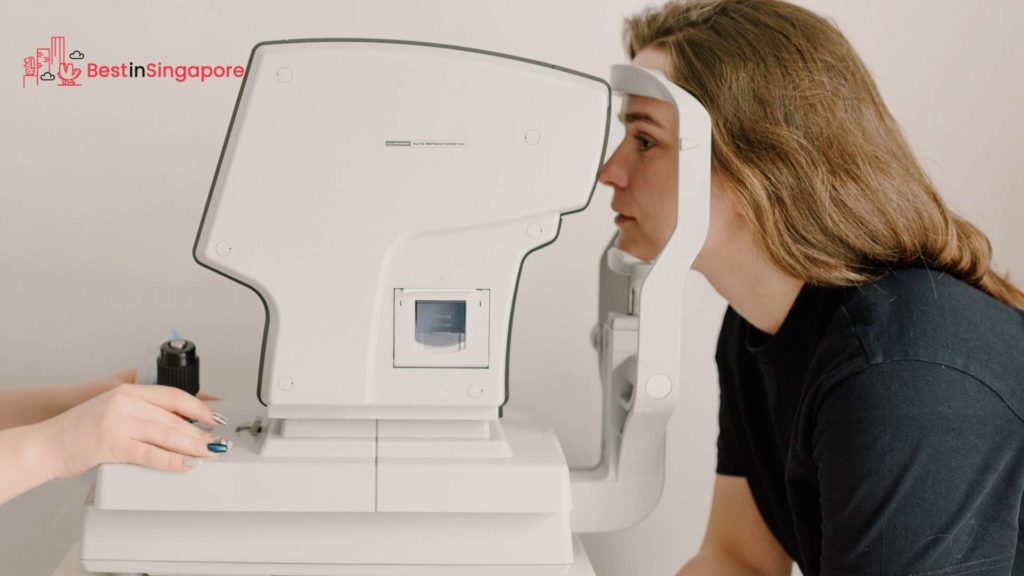
Unlike LASIK, ReLEx SMILE is actually a pretty recent innovation in the field of laser eye surgeries. It was developed by Carl Zeiss Meditec, and the ZEISS VisuMax femtosecond laser was only introduced to the public in 2006.
Then, in 2007, the award-winning ophthalmologist Walter Sekundo performed the very first ReLEx SMILE procedure. Once it was proven that the procedure was successful, it was launched commercially all over the world in 2011.
In the US, ReLEx SMILE was only available starting in 2017 after the FDA finally approved its use in the country.
Who is a good candidate for ReLEx SMILE?
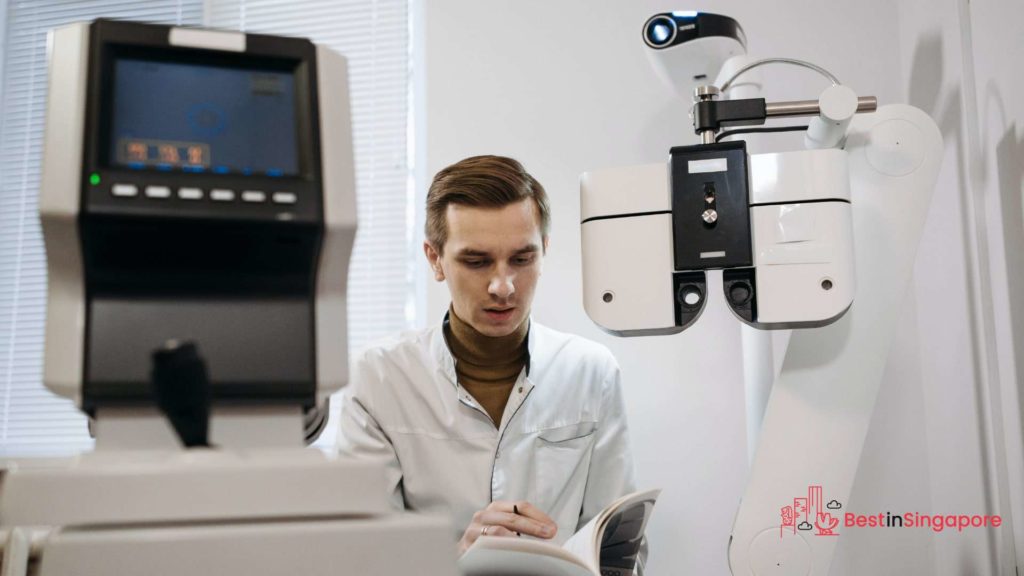
ReLEx SMILE also shares similar requirements for viability as LASIK. That said, there are two main requirements for a ReLEx SMILE candidate:
- You must be 21 years old. 18-year-olds are also allowed so long as their eye powers are stable for more than a year. Eye power refers to the strength of your glasses or contacts and the level of correction required for your eyes.
- You have either myopia or astigmatism or both. Additionally, your diopter range should be between 0.50 and -10.00 for myopia or +/- 0.50 to +/- 6.00 for astigmatism.
How do I know if I’m a good candidate for ReLEx SMILE?

You’ll have to undergo a comprehensive screening of your eyes to see if you’re a good candidate for ReLEx SMILE.
Before you undergo this test, you shouldn’t wear contacts for three days (soft contact lenses) or 14 (hard contact lenses).
Additionally, if you’re wearing glasses, you need to hand them over to the optometrist so that they can record your current eye power.
Once you’ve done all the paperwork, your examination will begin, and it features the following tests:
- Pupillometry: checks your pupil size at night
- Optical Biometry: secures your pre-refractive surgery corneal curvature and your eyeball length. This information will be useful on the occasion that you might have to get cataract surgery someday.
- Specular Microscopy: measures your endothelial cell density (ECD), which is a fancy way of saying the density of your eye
- Corneal Topography: measures the surface of your cornea. Specifically, this test will show all flat and steep areas of your cornea.
- Scheimpflug Analyzer: essentially corneal topography but on a higher level. This one also measures your cornea’s curvature, but it gives more information about the curvature and the cornea’s thickness.
- Aberrometer: determines your levels of myopia, hyperopia, and astigmatism. Basically, it measures how a wavefront of light goes through the cornea and the lens and detects any distortions that represent specific vision issues.
- Oct Macula: a machine that takes a special photo of your eye’s macula (the part at the center of the retina that processes sharp and straight-ahead vision). If it’s damaged, you’ll notice a central obstruction in your vision.
- Oct Optic Nerve: a machine that takes a special photo of the optic nerve in your eye. This helps detect possible signs of glaucoma.
- Dilated Fundus Examination: you’ll be given certain eye drops that will make your pupils dilate. Dilation will allow the doctor to check your retina for diseases, such as retinal tears and holes, macular degeneration, and many more.
What makes a candidate unsuitable for ReLEx SMILE?

Even if you meet the general requirements for ReLEx SMILE, there’s still a chance that you won’t be suitable for this procedure. This is what happens when the eye evaluation shows that you have eye issues that will complicate the process.
The following are the factors that might make you unsuitable for ReLEx SMILE:
- Your eye prescription isn’t stable yet.
- You have hyperopia (far-sightedness), or you’re suffering from astigmatism alone. ReLEx SMILE can only correct astigmatism with myopia.
- You have certain eye problems, such as amblyopia (lazy eye), strabismus (muscle imbalance), severe dry eyes, or any recurring active eye issues that may affect how your eyes will heal post-surgery.
- You’re undergoing treatment that involves steroids and immunosuppressants. Basically, if you’re taking medications that make you immuno-compromised, you won’t be considered because it might affect your healing process.
- You’re suffering from slow-healing conditions or diseases, such as auto-immune disorders, collagen-vascular disorders, and uncontrolled diabetes. This also includes eye viruses, such as herpes simplex and herpes zoster.
- Your cornea has significant scarring or is very thin, irregular in shape, or cone-shaped.
- You’re pregnant or breastfeeding.
What are the advantages of ReLEx SMILE?
Even though ReLEx SMILE is relatively new, it already boasts many benefits, which is why many people have started choosing this procedure over LASIK. Here are some of the most common advantages of ReLEx SMILE:
No Flap Complications
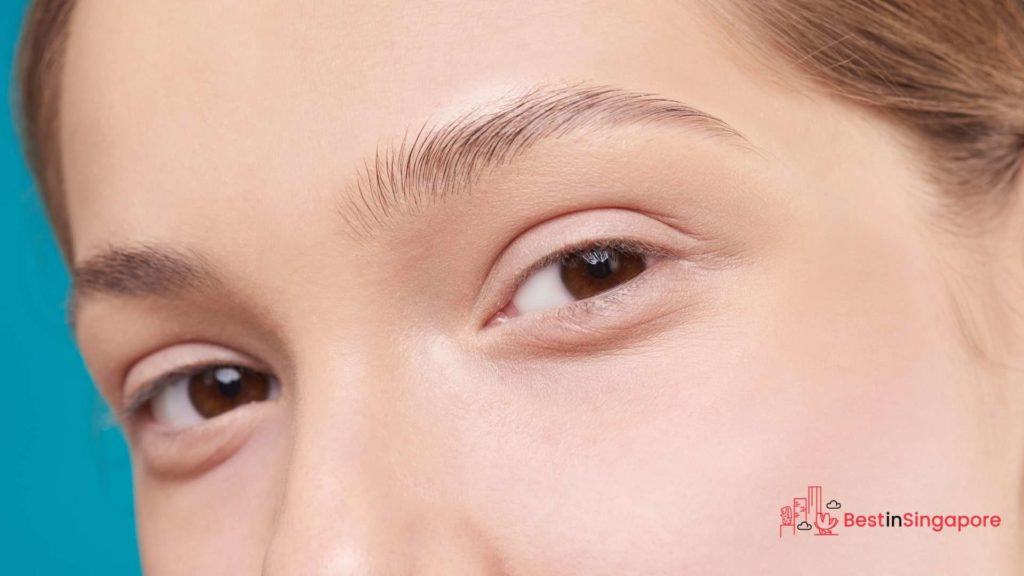
As mentioned earlier, one of LASIK’s biggest issues is regarding the flap. Though it’s rare for flaps to get wrinkled or displaced, it’s still inconvenient when it happens and is not fixed immediately.
Luckily, with ReLEx SMILE, you don’t have to worry about any flap complications since the procedure doesn’t make use of a flap to reshape the cornea.
Less Invasive

In addition to not having a flap, ReLEx SMILE is also less invasive than LASIK. This is because the incision that SMILE makes on the cornea is about 80% smaller compared to that of LASIK.
Because of this, the anterior corneal structure is preserved better, and you’ll also don’t have to suffer from severe dry eyes since ReLEx SMILE doesn’t disturb as many corneal nerves.
Best Suited to People in Contact Sports or Hazardous Professions

Another advantage that comes as a result of SMILE’s flapless procedure is the fact that it now supports people in contact sports or a profession that entails a risk of head or eye trauma.
Basically, since SMILE doesn’t have any flap complications, you don’t have to worry about the flap on your cornea getting damaged when you get hit in the head or the eye in the middle of sports or your job.
This perk is something that not a lot of laser eye surgeries can guarantee, so ReLEx SMILE has a slight edge against its competition.
Quick Recovery Time

Very much like LASIK, ReLEx SMILE has a quick recovery time. Even though it takes about three to six months for your corneas to fully heal, you’ll only have to wait about two to three days for your vision to stabilize.
After two to three days post-surgery, you can return to your normal routine—this time, with improved vision.
What are the disadvantages of ReLEx SMILE?
Despite its many advantages, ReLEx SMILE still has its own fair share of disadvantages. These disadvantages are as follows:
Can’t Treat Certain Eye Disorders
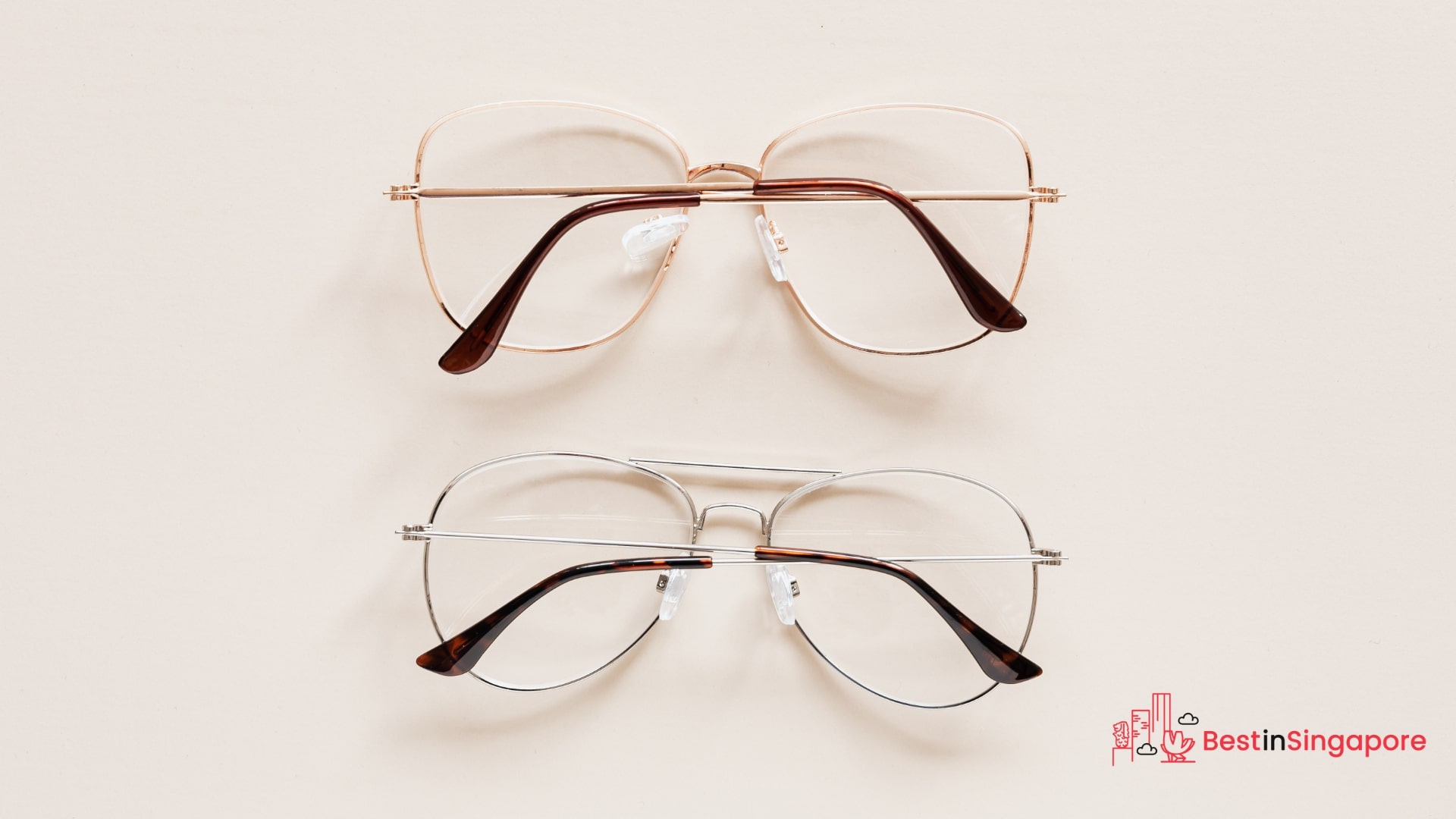
The main disadvantage of ReLEx SMILE is that it’s limited in what it can treat. As stated previously, it’s only good for myopia with astigmatism.
If astigmatism is the only eye disorder you have, then unfortunately, this procedure won’t be for you.
ReLEx SMILE also can’t treat far-sightedness or very low myopia. If you have either of these conditions, you’re better off undergoing some other laser eye surgery instead of this one.
Not Yet as Common and Accessible
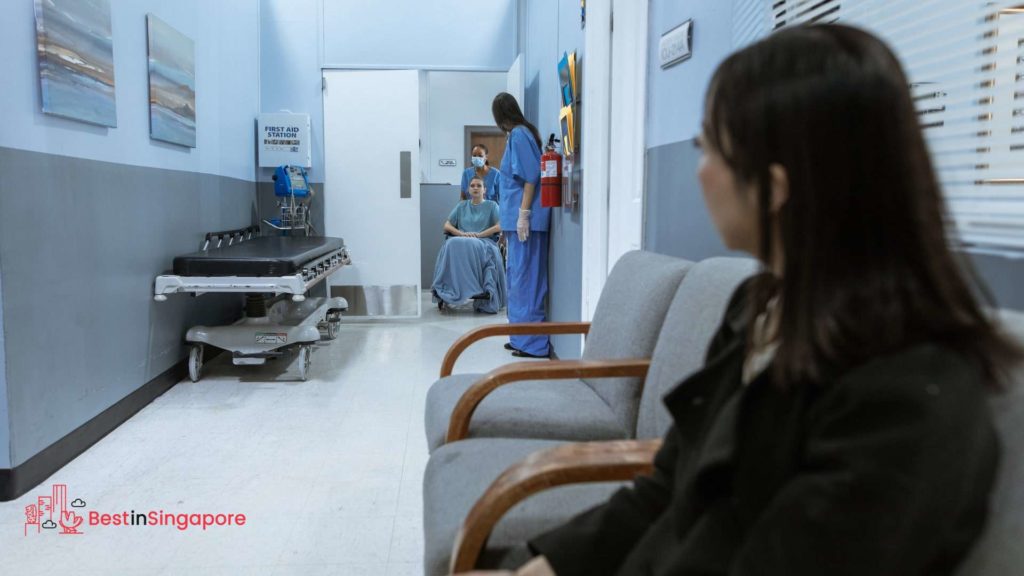
ReLEx SMILE requires expensive state-of-the-art technology, so clinics will have to invest if they want to be able to perform this procedure on their clients.
Unfortunately, only a few clinics have been able to invest in this new technology, so you can only book a ReLEx SMILE appointment in a few places within Singapore. See these clinics in the next section.
How much does it cost to get ReLEx SMILE in Singapore?

Generally speaking, ReLEx SMILE is an expensive procedure. In fact, it’s a lot more expensive than LASIK.
Whereas LASIK can cost up to S$6,000, ReLEx SMILE can have fees that get as high as S$8,000.
For a better breakdown of the possible fees you’ll have to pay for ReLEx SMILE, refer to the table below:
Just like LASIK, ReLEx SMILE is usually not covered by most insurance plans because it’s considered an optional treatment.
That said, if you have Medisave, then you might be able to use it if the difference in power between your two eyes is 300 degrees or higher. You should also prove that glasses or contact lenses somehow negatively affect your quality of life.
If you’re a holder of private insurance, I suggest checking with your provider and asking them about possible coverage for this procedure.
You never know. They might offer you a discount as a valuable client of theirs.
So, which is better: LASIK or ReLEx SMILE?
— From: jerrytaneyesurgery
Answering the question of which is better between LASIK and ReLEx SMILE is difficult because both procedures have their own pros and cons. So, as much as we’d like to provide a concrete answer, the only real answer is it depends.
It depends on three main factors: what your condition is, what your lifestyle is like, and how much you can afford.
Your Condition

When weighing the two procedures against each other, you should consider your condition because that might make the decision for you. This doesn’t work if you have myopia and astigmatism since both procedures treat these two issues.
However, if you have hyperopia or you only have astigmatism, then ReLEx SMILE is out of the question. LASIK is your best option here.
Your Lifestyle

If your condition hasn’t made the decision for you, then it’s time to think about your lifestyle.
Do you play contact sports? Or do you have a job that has head or eye trauma risks as occupational hazards?
If your answer to either of these questions is yes, then you might want to opt for ReLEx SMILE. With its flapless feature, it’s just better suited for people with your kind of lifestyle.
However, if you’re not an athlete and your job doesn’t put you at risk of head or eye trauma, then you’re free to choose LASIK if you wish.
Your Budget

Lastly, ask yourself how much you’re willing to spend to get laser eye surgery. If you have more than enough funds, then you can go for ReLEx SMILE, especially if you prefer this procedure for its flapless feature.
But if you’re tight on budget, then you might have to choose LASIK instead. Aside from being generally cheaper than SMILE, LASIK is also popular in Singapore, so you can get more variety in prices than the other procedure.
To get the best value for your money, I suggest that you discuss your plans to get laser eye surgery with your insurance provider. If you’re lucky, they might be willing to provide you with a discount no matter which procedure you choose.
Does either LASIK or ReLEx SMILE last forever?
— From: jerrytaneyesurgery
Generally speaking, the results of LASIK and ReLEx SMILE are permanent. More than 95% of patients are able to enjoy great vision for many years after their surgery.
That said, there’s still a small percentage of patients whose vision might slowly regress. These people can choose to get an enhancement procedure within 10 years of undergoing the surgery.
What preparations should I make before my LASIK or ReLEX SMILE procedure?

In addition to not wearing contact lenses several days leading up to your LASIK or ReLEx SMILE procedure, there are other preparations you need to do, especially on the day of.
Firstly, you need to rest properly, so get your eight hours of sleep the night before. Then, you also need to arrange your ride.
Ask someone close to drive you because you absolutely can’t drive immediately after the surgery.
What happens after my LASIK or ReLEx SMILE procedure?

What normally happens after a LASIK or ReLEx SMILE procedure is that you’ll experience blurry or fluctuating vision during the first six hours. It’s also normal to have watery eyes or if you’re “crying” (those are just excess tears).
Your surgeon will give you specific instructions on what to do before you return the next day for a checkup. These instructions involve putting drops of anti-inflammatory eye drops every few hours or so and wearing eye shields when sleeping.
Then, be sure to return for post-operation checkup. The frequency will depend on your surgeon or clinic, but usually, it’s after one day, then one week, then one month.
Sometimes, the surgeon will request you come back six months or one year after your procedure, so keep that in mind.
How do I ensure the best recovery and outcomes after my LASIK or ReLEx SMILE procedure?

You can return to your normal routine a day or two after your LASIK or ReLEx SMILE surgery. But if you really want to ensure the best recovery and outcomes after your procedure, be sure to follow these precautions:
- Don’t drive or do labor-intensive activities for 24 hours.
- Avoid prolonged reading, working on your computer, or watching TV for at least three days.
- Don’t use eye makeup, avoid smoky and dusty places, and avoid getting water into your eyes for at least one week.
- Don’t go swimming in pools or soaking in hot tubs for a month.
- Also, avoid contact sports for at least a month.
- If your clinic provides you with protective glasses, be sure to wear them. Sometimes, the surgeon gives his patients the okay signal to stop wearing the glasses after a day, but you can wear them for a few weeks to be safe.
Can I still wear contact lenses after undergoing LASIK or ReLEx SMILE?
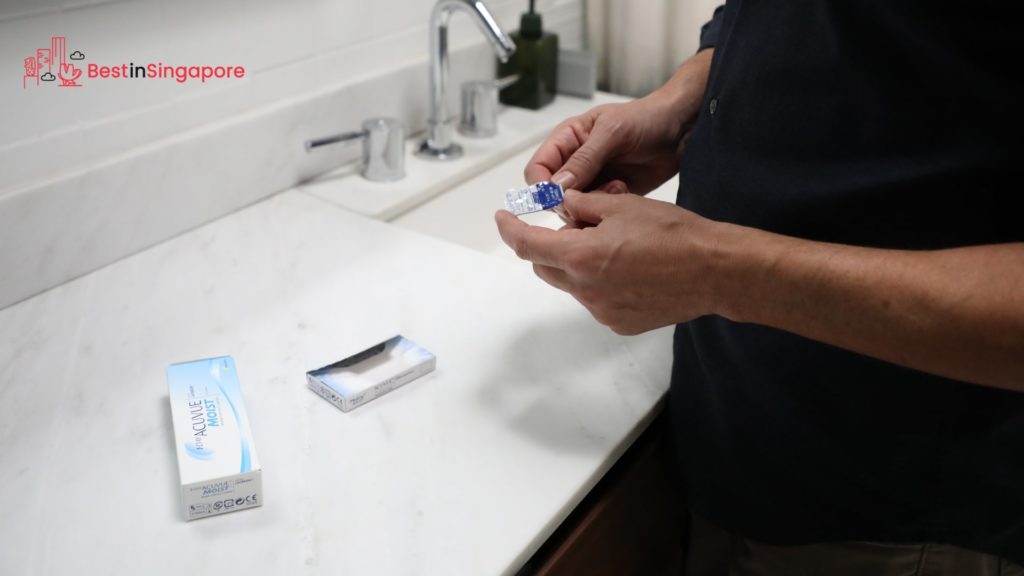
You can definitely wear cosmetic or colored contact lenses after you’ve had your LASIK or ReLEx SMILE procedure, but it’s recommended that you wait about one to three months after your surgery.
Also, you might want to get new contacts because either procedure will have altered your corneas, so your old contacts won’t most likely fit anymore.
Is it possible to lose your vision after LASIK or ReLEx SMILE?
It’s extremely rare for patients to lose their vision after LASIK or ReLEx SMILE. The worst that can happen is that the vision will slowly regress, but this can be fixed by an enhancement procedure within 10 years of having the procedure.
How do I pick the best LASIK or ReLEx SMILE surgeon for me?

In order to get the best LASIK or ReLEx SMILE surgeon, you should do your research first. Take a look at every eye clinic offering either of these procedures, then take a deep dive into the clinic’s surgeons.
Usually, reading reviews from former patients is sufficient, but if you really want to take it a step further, you can look up the credentials and experience of the surgeons.
You can also book a consultation so that the surgeon can answer any questions you might have, but you might have to pay a consultation fee for this, so keep that in mind.

